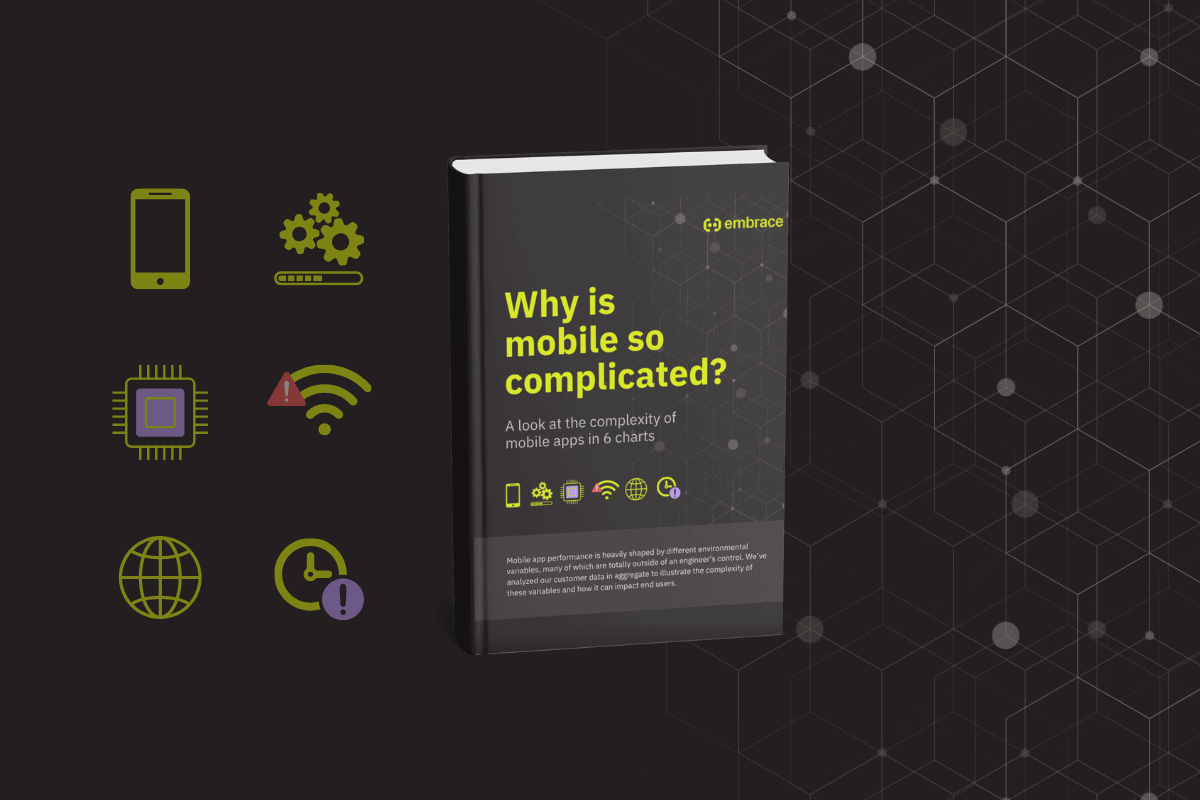
At Embrace, we live and breathe mobile, and we care deeply about the end-user experience. And one thing’s always clear: mobile engineering is hard. Really hard. Between the ever-growing number of devices, operating systems, app versions, and unpredictable network conditions, developers are working in an environment full of variables they can’t always control. Throw in a complex backend system and a smattering of limited tools and…you get the picture.
So when our team in the field saw the shock on SRE, DevOps, and Platform Engineers’ faces when we explained the crazy complexity of dealing with mobile apps for observability, we knew we had to pull the data and drive some points home. Many versions, device fragmentation, no hot fixes or quick rollbacks for releases, delayed data…oh my. But don’t be scared.



